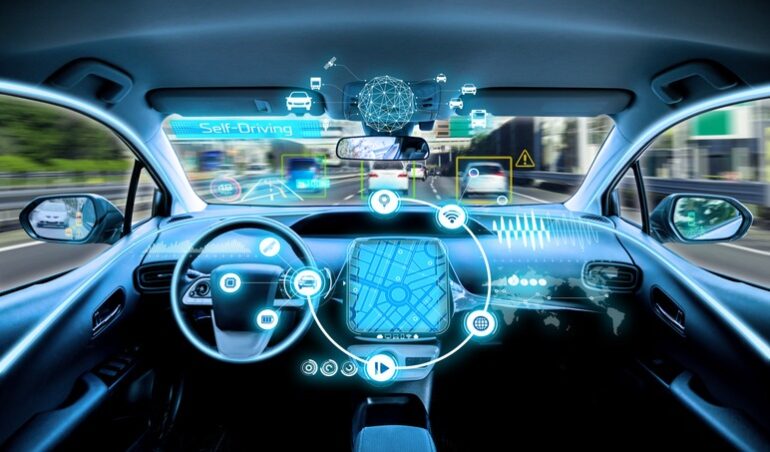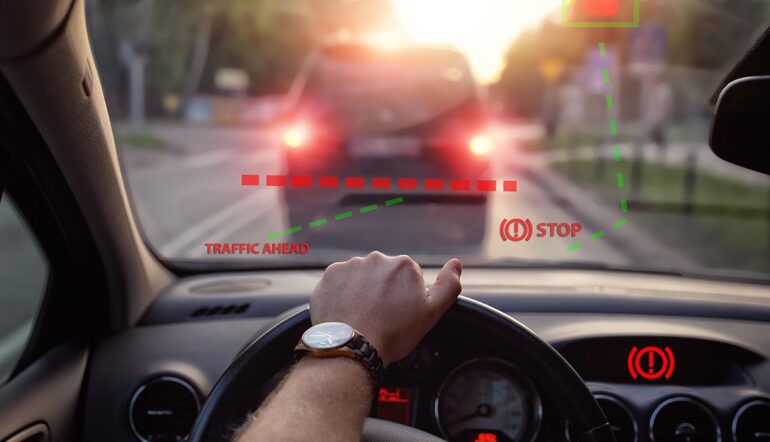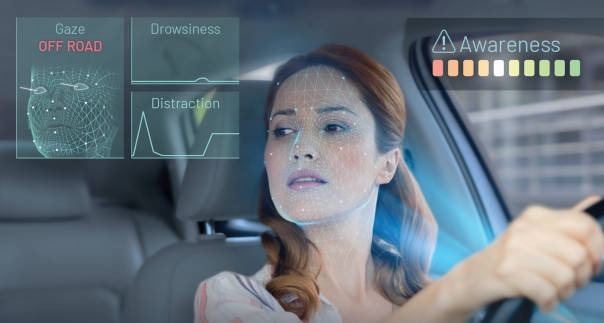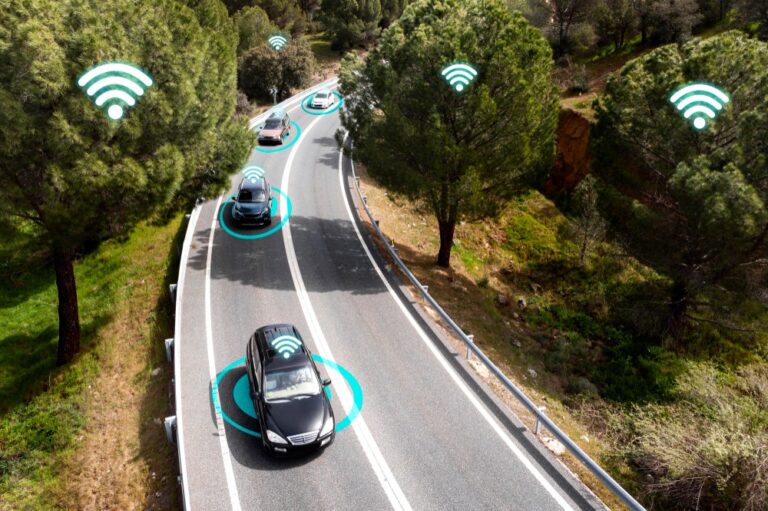Driver assistance technology has moved far beyond cruise control and parking sensors.
Over the last ten years, automakers have turned attention toward systems that actively help drivers avoid danger, maintain control, and reduce decision fatigue.
Once seen only in high-end luxury vehicles, many advanced features now appear in entry-level trims.
If you are facing issues with a broken car key, check out mr-key.com for modern, reliable solutions.
While electronic security has changed how we access vehicles, equally impressive transformations have taken place inside the cabin.
Driver assistance technology now uses sensors, cameras, radar, and artificial intelligence to support safety in real time.
A Decade Ago: The Early Stage of Assisted Driving

Ten years ago, most vehicles featured limited automation. Adaptive cruise control was rare. Lane departure warning was premium.
Blind-spot monitoring appeared in only a handful of mid-range or luxury models. Parking sensors required close proximity to detect obstacles.
Key Innovations Over Time
Radar and Sensor Fusion
Early systems relied on ultrasonic or infrared sensors with narrow ranges. Over time, automakers added radar units that operate in poor weather and low light.
When combined with cameras and LIDAR in some models, these systems offer improved object recognition, distance measurement, and environmental awareness.
Lane Centering and Highway Assist
Initial lane departure alerts simply warned drivers. Newer systems now center the vehicle within a lane automatically, making micro-adjustments to the steering.
Tesla Autopilot, GM Super Cruise, and Ford BlueCruise allow hands-free driving on approved highways. These systems:
- Use GPS mapping for route prediction
- Monitor driver attention using cameras
- Steer and adjust speed based on traffic flow
While not fully autonomous, highway assist features ease long drives and help prevent fatigue-related accidents.
Automated Emergency Braking

Forward collision warning has evolved into full brake actuation. Automatic emergency braking (AEB) now appears in nearly every new car sold in the United States. The system:
- Detects stopped vehicles, pedestrians, or cyclists
- Measures closing speed and applies brakes if the driver does not react
Blind Spot and Cross-Traffic Monitoring
The early blind spot systems only lit up indicators. Now, many vehicles actively warn with steering wheel vibration or sound alerts.
Some intervene by correcting steering when a driver attempts to merge into an occupied lane.
Camera Technology and 360-Degree Views
High-resolution cameras now create stitched bird’s-eye views around the vehicle. Overhead perspective helps drivers:
- Maneuver in tight garages
- Align with curbs
- Avoid low obstacles unseen through mirrors
Night Vision and Low-Light Detection

Some luxury models use thermal cameras to detect animals or pedestrians beyond headlight range. This technology alerts the driver with image overlays or on-screen markers.
It works well in rural areas with low light or in cities where traditional headlights cannot detect motion until very close.
AI and Driver Monitoring Systems

Artificial intelligence now helps interpret data beyond basic rules. Machine learning identifies unusual patterns, such as:
- Fatigue-based steering input
- Repetitive lane weaving
- Eyes-off-road behavior
Conclusion
Driver assistance technology has reshaped how people interact with vehicles. Over the last ten years, every part of the driving experience has gained smarter, faster, and safer options.
What began as isolated warnings has evolved into connected systems that adjust speed, prevent collisions, and even change lanes.
The net ten years will likely move closer to true autonomy. Until then, driver assistance stands as the most important bridge between manual control and machine-guided safety.

